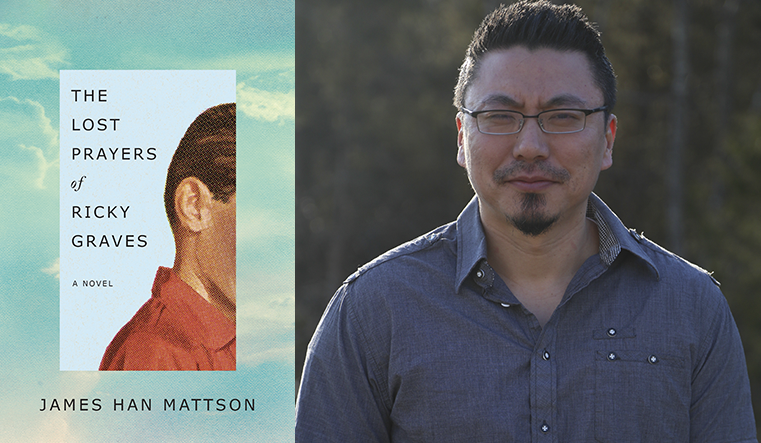Generational Conflict in Jacqueline Harpman’s I Who Have Never Known Men

Jacqueline Harpman’s 1995 novel, I Who Have Never Known Men, published in English translation from the original French in 1997 by Ros Schwartz and out in a new reprint from Transit Books tomorrow, follows the life of an unnamed child who grows up in an underground bunker with thirty-nine women, who are all controlled and threatened by men serving as their guards. When the group escapes the bunker, following a strange incident in which the guards disappear, the escapees find themselves in a barren wasteland. The struggle for the group, however, becomes not survival, as the bunker they have left holds more than enough food and resources to sustain them, but rather purpose. How should they live when there is no future? The novel presents a debate about what is best for this post-apocalyptic world, exploring a generational conflict regarding the relevancy of norms from the old world.
The protagonist of the novel, referred to by others only as “the child,” entered the bunker too young to remember the world before, but the women, who are much older than her, remember all but the events leading up to their entrapment. As such, the attitudes of the women, who are fundamentally of the old world, and the child’s untainted ideas are pitted against each other, with the novel often taking the child’s side due to her position as the narrator. For example, unlike the women, who find it barbarous and humiliating to use the toilet in plain view of the others, the child “found it perfectly natural…to go and sit on the toilet seat and carry on my conversation”; on the basis of being unable to understand their anger, she deems them “stupid.” The child is also perplexed by the women’s insistence on arguing over how they will prepare the food they are given, despite the fact that “there was never any option but to boil the vegetables.” From her perspective, the women seem unnecessarily stuck in the past.
The child displays a need to question and oppose the norms that are prescribed to her, and her lack of ties to the old world mean that she is able to assess assumed truths with a critical eye, and occasionally able to reveal new truths to those around her. At the beginning of the novel, for example, the child decides to count her heartbeats to determine how long the supposed “day” the guards enforce on them really is. She discovers that they are being kept on a sixteen-hour day, and after sharing this with the group, the women decide to instead form their own measure of time, based on the old-world, twenty-four-hour day and measured through the child counting her heartbeats. This philosophical redefining of time is the first way in which the child rejects a prescribed idea about the world and creates her own.
Another example of this comes near the end of the novel, when the child is out of the bunker and alone, all of the other women having slowly died off. The child, now an adult, decides to continue the ritual of walking to other bunkers the group had discovered after their escape. The group had given up on this activity decades before, but the child goes on, counting her steps as she did her heartbeats, converting steps into kilometers just as the women did. But she soon realizes that, now alone, there is no need to make this conversion: a kilometer “had meaning for them, but not for me.” She alters her metric of distance to “hours’ walking,” which much better suits her situation and has more “meaning” for her. Unlike her earlier revolt to a new concept of time, which functioned more as a symbolic refusal than a practical change, this alteration of her concept of distance is a strategic one. Her alternative vision of reality, and her rejection of old concepts, allows for her idea of distance to be more practical and applicable to her situation.
Unlike the child, the women are unable to be critical of their norms. Even once they have escaped the bunker, they go on to create a small village and live in couples, mimicking the housing arrangements of the world before their capture. It is clear to the reader, if not initially to the protagonist, that the women take comfort in the norms of the old world. They argue needlessly over how to cook vegetables, to convert distances that they can only measure in steps into kilometers, and to recreate a village from their old lives in order to gain a sense of normality in what is a fundamentally an abnormal world. Even at the very beginning of the novel, their shift to a twenty-four-hour day in revolt against the guards’ sixteen-hour day is a return to the norm for the women, and this change—or reversion—emboldens and encourages them. Though the child sees herself as lacking something that the women possess, she in fact has a heightened ability to criticize and reject norms she sees as unnecessary, while the women are set in their ways, only able to take comfort from what they grew up seeing as normal.
This comparison, however, is not presented by Harpman as simply new/good versus old/bad. While the child judges the women harshly at the beginning of the novel for their seemingly impractical adherence to old ideas, the novel also celebrates the retention of them. Throughout, the child asks the women to teach her everything about the old world, and when she is met with the argument that there is no use telling her, she retorts, “I want to know…purely for the pleasure of knowing.” At the same time, though she still does not understand them, the child begins to judge the women less for seeking comfort in the impractical and becomes less hostile to them. As the last of the women die off, there is a sense that the child is impatient to be left alone, but she feels a duty to assist the women to the end of their lives: “I couldn’t abandon [them].” She even plays into their old-world norms to comfort them, such as when she holds Anthea before her death, despite the fact that she hates to be touched. The child appears to concede to the women’s want for comfort in normality, respecting the needs she once harshly judged.
The child even takes some of the women’s traditions forward beyond their deaths. In particular, she continues to honor the dead in some of the ways they did: she decides to bury the dead guards she finds on a bus, “for I wanted to show that…we belonged to the same kind, to those who honor the dead.” Despite appearing to value only that which is practical and judging the women for their sentimentality, the child learns that the conceptual, even if impractical, has value, and as such she is able to carry forward the traditions she finds meaning in. Although she does not continue marking the bunkers with symbols, as the women did, she also does not reject the norms of the old world outright. Instead, she is able to take what she needs from the women’s world and create her own metrics when the existing ones no longer fit.
In this way, Harpman navigates the compromise that must be struck between pure practicality and emotional sentimentality regarding the reform of social norms. The novel does not place priority or higher value on one or the other but acknowledges that both must be considered and understood when change occurs. While we must, like the child, be critical of assumed truths that are prescribed to us, the novel suggests that we must also understand the emotional ties that some people have to norms, which allow them to draw comfort from familiarity and nostalgia. The women and the child present an isolated example of this generational friction, in which the norms of the past conflict with a push toward the future, and Harpman’s solution is compassion and compromise.


